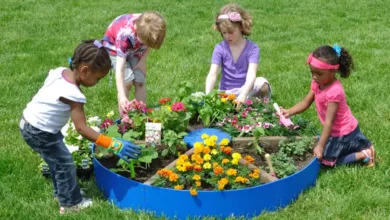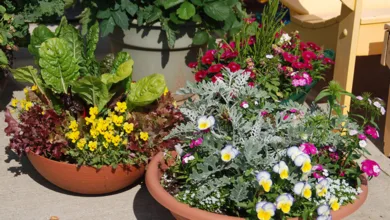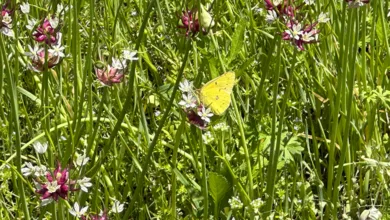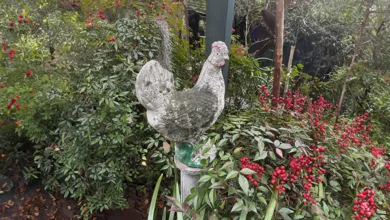Family Gardening Provides More Than a Bountiful Harvest
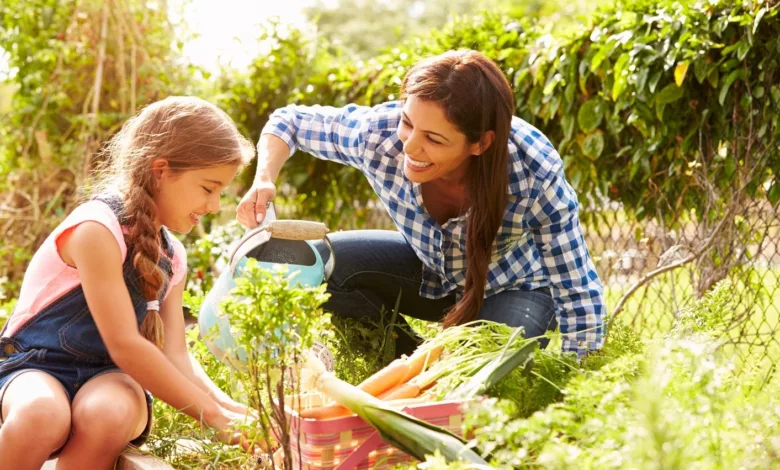
Gardening can be a fun family activity. Children exposed to the outdoors and gardening are more focused, have fewer issues with attention deficit, and score higher on tests.
Gardeners know digging, planting, harvesting, and even viewing a garden is good for the mind, body, and spirit. It improves strength and flexibility, lowers blood pressure, and elevates our mood. And this is true for all members of the family from the very young to the more seasoned. Plan on sharing these benefits with the children, grandchildren, nieces, and nephews in your life this season. Children and even adults, who grow their own vegetables are more likely to eat them. But gardening does even more to help our children and grandchildren.
Research shows children exposed to the outdoors and gardening are more focused, have fewer issues with attention deficit, and score better on tests. Girls exposed to gardens and green spaces are more confident and better able to handle peer pressure. Here are a few ways to make gardening with family more fun and memorable. Involve the whole family when planning the garden. Talk about the flowers everyone wants to grow and vegetables you all like to eat. Then break out the paper, old catalogs, scissors, crayons, pencils, and rulers. Young children can cut out pictures of their favorite vegetables and flowers and glue them on the paper.
Older children can draw the garden to scale on graph paper and plot their choices in the garden Make your own plant markers. Once you decide on the plants, you want to grow, spend an afternoon creating plant labels for the garden. Paint the name or a picture of the flower or vegetable on a flat rock, slat from a discarded mini blind, paint sticks or other recycled items. Consider giving everyone his or her own garden space. Let them pick their plants and be responsible for its maintenance. Design individual plots or divide more extensive beds into smaller sections. Or give each family member his or her own container. Having their own is a great option when planting space and time are limited. And just about anything can be planted. An old 5-gallon bucket or washtub with holes drilled into the bottom, recycled nursery pots or a colorful raised planter make magnificent gardens. Make sure to direct children’s fast-moving, small feet down the path and away from plants. Fun edging materials, mulched pathways, or slightly raised beds help delineate pathways from gardens; this helps to keep children from trampling the plants.
Grow some quick-maturing plants like radishes and lettuce that are ready to harvest in 30 to 45 days along with slower growers like watermelon and tomatoes. You will keep everyone interested if something is growing, blooming, and delicious to eat throughout the season. Reduce the risk of mistakes. Kids, like so many gardeners, suffer from “more is better” syndrome. Avoid damage from overfertilization by using a low nitrogen organic fertilizer like Milorganite. It’s safe and won’t burn your plants even if the weather becomes hot and dry.
And enlist my favorite “Pluck, Drop and Stomp” pest management strategy. Teach children the difference between the useful and harmful insects and then have them burn off some excess energy as they implement the stomping process. End the season with a harvest party. Use your homegrown produce to prepare a picnic or fancy dinner for family and friends. And be sure to use some of those beautiful flowers you grew to decorate the table.



